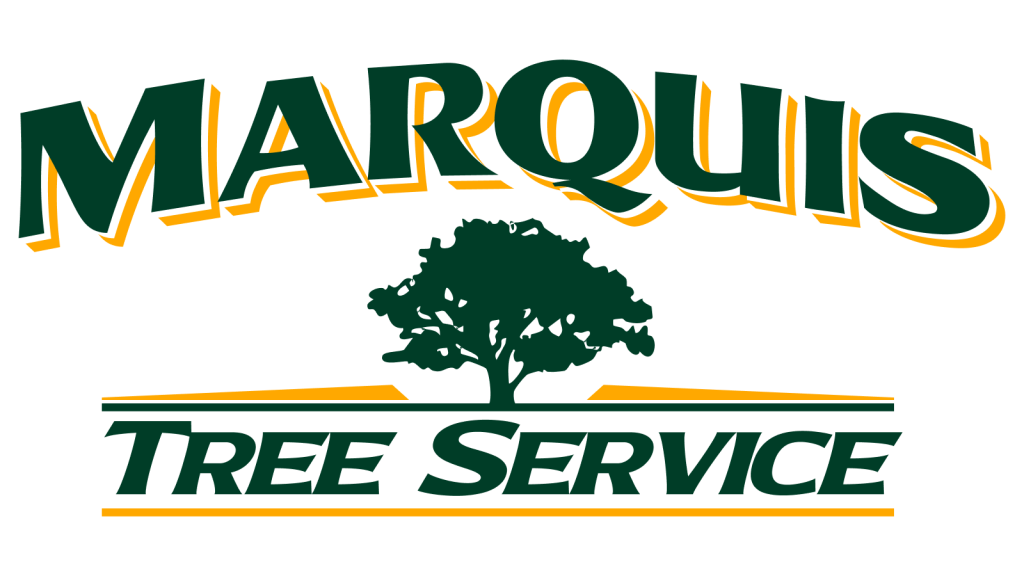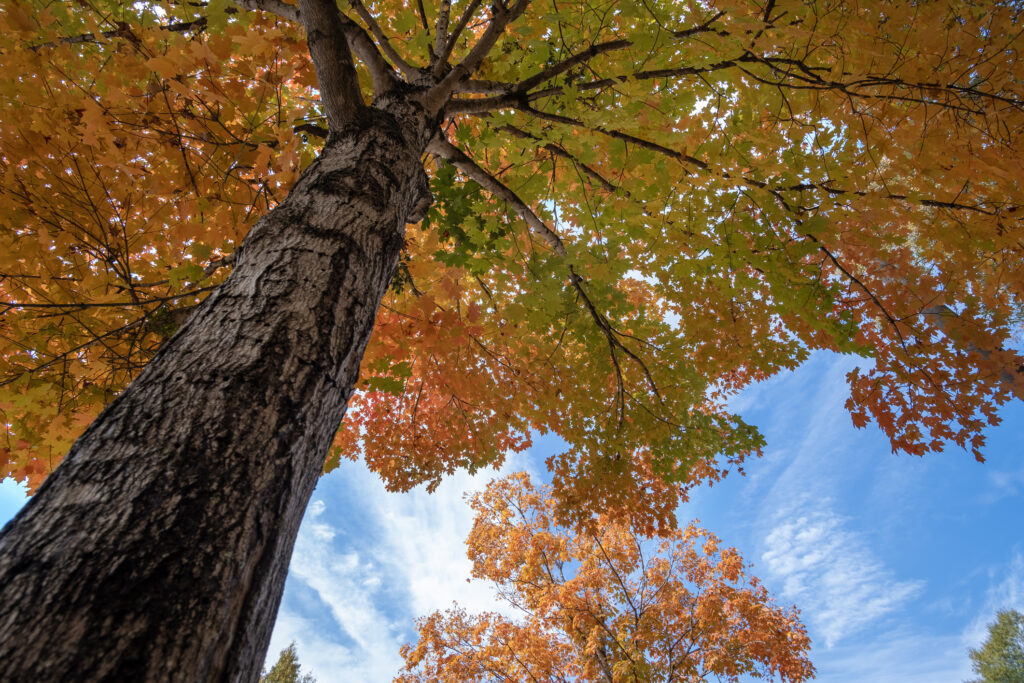As summer fades and cooler weather sets in, it’s time to think about how your trees will handle the months ahead. In Massachusetts, fall is a season of transition—not just for your landscape, but also for your trees. Preparing now with a few essential fall tree care steps can help prevent storm damage, improve long-term health, and keep your yard looking its best through winter.
Here are five fall tree maintenance tips every homeowner should add to their checklist.
1. Take Advantage of Fall Tree Pruning
Fall is one of the best times to prune many species of trees. With the growing season slowing down, pruning helps:
- Remove weak, diseased, or dead branches before heavy snow and ice arrive.
- Improve tree structure and airflow, reducing the chance of fungal issues.
- Prevent damage from falling limbs during winter storms.
Professional tree pruning also enhances the overall shape and beauty of your landscape. By cutting back risky limbs now, you’ll avoid costly emergencies later.
2. Fertilize to Support Strong Root Growth
Many homeowners don’t realize that while trees may look dormant in fall, their roots are still actively growing underground. Fall tree health care and fertilization gives trees an extra boost of essential nutrients, helping them:
- Store energy for the dormant season.
- Develop stronger root systems.
- Bounce back with healthy new growth in spring.
A slow-release fertilizer applied by a certified arborist ensures your trees get the right balance of nutrients without overstimulating late-season leaf growth.
3. Inspect for Deadwood and Storm Hazards
Massachusetts homeowners know how unpredictable nor’easters and winter storms can be. Inspecting your property for storm hazard trees is one of the smartest safety steps you can take in fall. Look for:
- Cracks or splits in large branches.
- Deadwood in the upper canopy.
- Branches hanging over roofs, driveways, or power lines.
Even a small limb can cause serious damage when weighed down with snow or blown by high winds. A fall tree inspection from a certified arborist can catch these problems early and keep your property safe.
4. Mulch and Water Before the Freeze
Mulching is one of the simplest and most effective fall tree care practices. A 2–4 inch layer of mulch helps:
- Regulate soil temperature through freeze-thaw cycles.
- Lock in soil moisture before the ground hardens.
- Protect roots from extreme cold.
Pair this with a deep watering before the first hard freeze. Hydrated soil insulates roots more effectively than dry soil, giving your trees a better chance of withstanding winter stress.
5. Protect Young and Vulnerable Trees
Newly planted trees and sensitive ornamentals need extra protection in fall. Harsh winds, salt exposure, and hungry rodents can all take a toll. Consider:
- Wrapping young trees with burlap to shield them from frost and sunscald.
- Installing tree guards to prevent rodent damage.
- Refreshing mulch rings to insulate fragile root systems.
These simple steps ensure young trees survive their first few winters and establish themselves successfully in your landscape.
Why Fall Tree Care Matters in Massachusetts
Skipping fall maintenance leaves trees more vulnerable to breakage, pests, and disease. By investing a little time and care now, you’ll not only prevent costly damage but also encourage healthier, more resilient growth in spring. Whether it’s pruning, fertilizing, or checking for storm hazard trees, fall is the season to get it done.
Pro Tip from the Arborists at Marquis Tree Service
Don’t wait until snow is in the forecast—our crews book up quickly in the fall. Scheduling your pruning, fertilization, and inspections early gives you peace of mind before winter arrives.
Frequently Asked Questions About Fall Tree Care
Why is fall a good time for tree pruning?
Fall is an ideal time for tree pruning because cooler weather reduces stress on trees, and many species are entering dormancy. Removing weak or dead branches now helps prevent winter storm damage and sets trees up for healthy spring growth.
Should I fertilize my trees in the fall?
Yes. Fall fertilization supports root growth when the soil is still warm but the top of the tree has slowed its growth. This gives trees the stored energy they need to survive winter and thrive in spring.
How do I know if I have a storm hazard tree?
Signs of a storm hazard tree include large dead branches, cracks in the trunk, leaning trees, or limbs hanging over your home or driveway. An arborist can perform a professional inspection to determine whether pruning or removal is necessary before an emergency strikes.
How can I protect young trees from winter damage?
Fall tree care for young trees often includes applying tree wraps or guards, adding mulch, and watering deeply before the ground freezes. These steps help protect tender bark and roots from frost, rodents, and salt exposure.
When should I schedule a fall tree inspection in Massachusetts?
It’s best to schedule your inspection and pruning services in early to mid-fall. Tree service companies book quickly, and having work done before the first heavy snow ensures your property is protected for winter.
Keep Your Trees Safe and Healthy This Fall
At Marquis Tree Service, we’ve been helping homeowners across Greater Boston with professional tree maintenance and removal for more than 30 years. From hazard inspections to pruning and fertilization, our certified arborists are here to protect your trees and your property.
📞 Contact us today at 781-860-9618 to schedule your fall inspection or pruning service.

